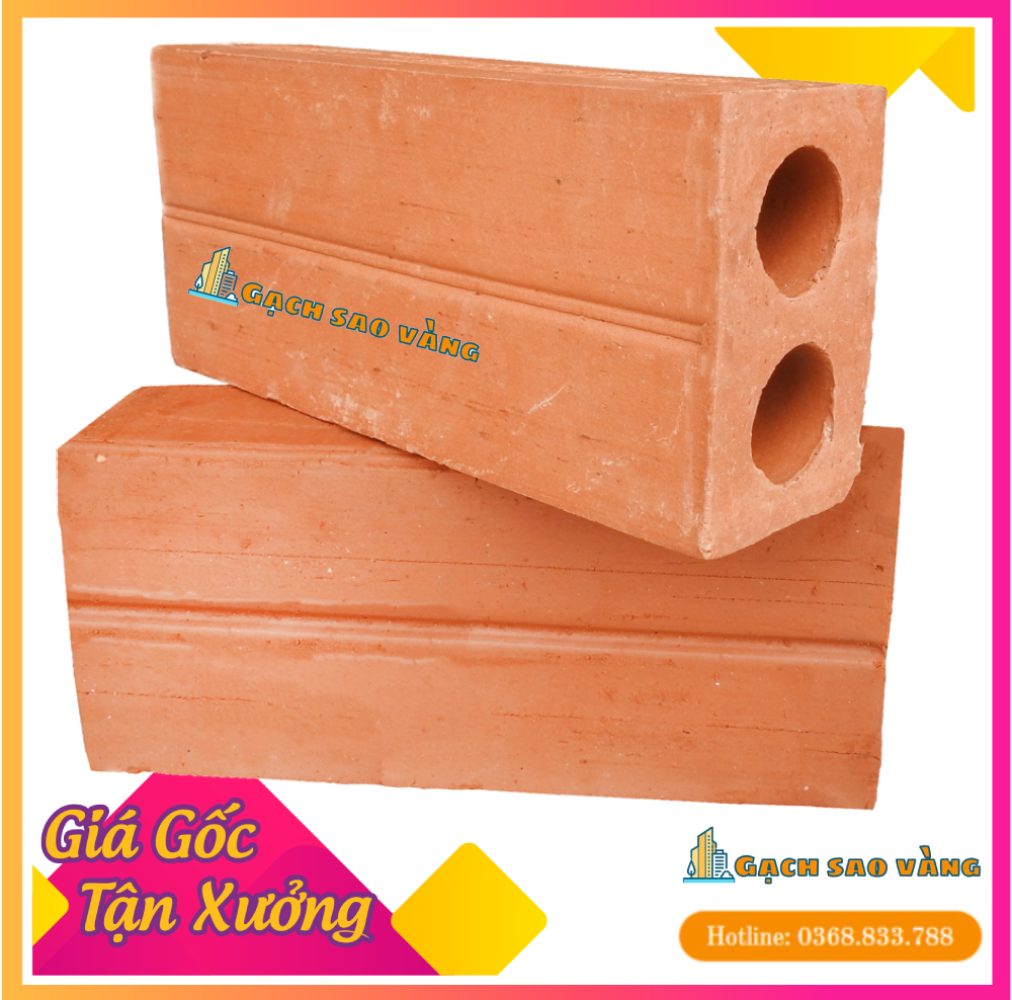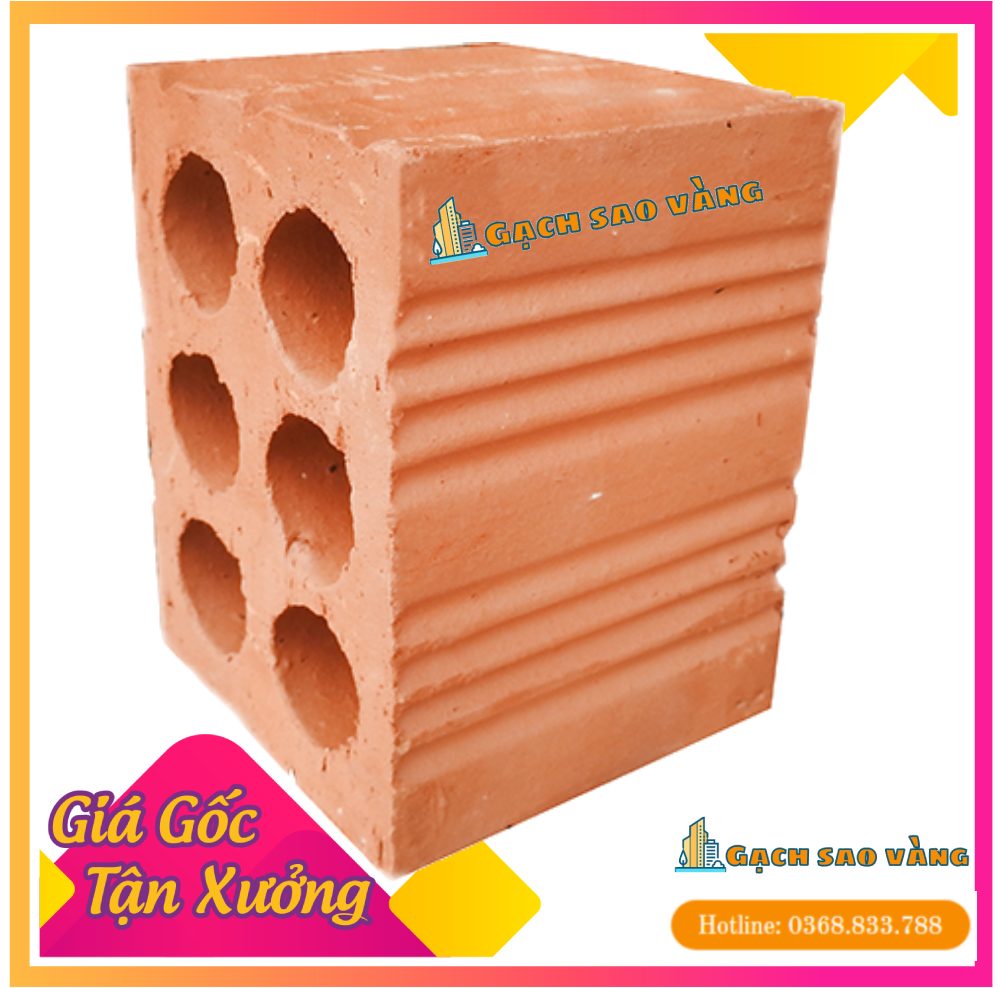Using the FIFO, LIFO, or the weighted average costing method, cost is assigned to the inventory that was sold during the year and is reported as cost of goods sold on the income statement. As noted above, inventory is classified as a current asset on a company’s balance sheet, and it serves as a buffer between manufacturing and order fulfillment. When governmental accounting standards board gasb: mission and functions an inventory item is sold, its carrying cost transfers to the cost of goods sold (COGS) category on the income statement. With real-time inventory tracking and powerful inventory management tools, ShipBob enhances counting efficiency and accuracy. Inventory counting can be a very efficient process, especially if you ditch manual data entry. This is one of the most efficient and accurate inventory counting methods.
Most businesses in the U.S. use either FIFO or LIFO, while some sole proprietors may opt to use average cost. The Weighted Average method in inventory accounting compromises the First-In, First-Out (FIFO) and Last-In, First-Out (LIFO) methods. Under the Weighted Average approach, the cost of each item in inventory is averaged over the total number of items in inventory, regardless of when they were purchased or manufactured. A business can save a great deal of cash by managing its inventory as tightly as possible. When less inventory must be kept on-site, a firm’s working capital requirements are correspondingly reduced, thereby freeing up cash for other purposes.
- Notice that the cost amounts are presented in one column and the retail amounts are listed in a separate column.
- Managing products means a whole lot more than simply knowing what’s in stock at any given time.
- To calculate inventory turnover, work out the average inventory value by adding together your beginning inventory and ending inventory for the period, then divide by two.
- In essence, it’s an indicator of how fast a company manages to sell its stock.
How to Make Smarter Supply Chain Decisions and Lead with Confidence
What you will be left with is the final inventory figure to be included as a company asset. These standards go some way towards limiting the potential overstating of profit by understating inventory value. He’s visited over 50 countries, lived aboard a circus ship, and once completed a Sudoku in under 3 minutes (allegedly).
What is the best way for small businesses to count their inventory?
Ideally, an inventory record should reflect actual on-hand quantities with near-perfect accuracy, to support inventory ordering and scheduling activities. A company will realize significant benefits if it can keep its inventory levels down without losing sales or production (if the company is a manufacturer). In its early days, Dell Computers greatly reduced its inventory in relationship to its sales. Since the cost of computer components had been dropping as new technologies emerged, it benefited Dell to keep a small inventory of components on hand. It would be a financial hardship if Dell had a large quantity of components that became obsolete or decreased in value. There were 5 books available for sale for the year 2024 and the cost of the goods available was $440.
Inventory and Cost of Goods Sold Outline
- Customers expect you to have what they need when they visit your business.
- Ideally, an inventory record should reflect actual on-hand quantities with near-perfect accuracy, to support inventory ordering and scheduling activities.
- This figure provides insight into how profitable a company is and whether there are inefficiencies that need to be addressed.
- That’s because of the challenges it presents, including storage costs, spoilage costs, and the threat of obsolescence.
- We’ll look at the different methods of accounting for inventory, define key terms, and highlight the benefits you can expect from effective inventory management in your business.
- Most businesses in the U.S. use either FIFO or LIFO, while some sole proprietors may opt to use average cost.
Investors and creditors also look at these ratios as a health indicator of the company. Third, the purpose of owning the assets must be to sell them to customers. Going back to our sandwich shop example, the truck was never meant to be sold to a customer. It was purchased to deliver sandwiches and was sold when it couldn’t perform that job.
Using a first-in, first-out rotation ensures that recently purchased inventory is sold first, preserving product quality. Effective inventory management efforts, such as integrating advanced forecasting tools, can significantly improve demand forecasting accuracy. MRO inventory refers to the items that aren’t sold to a customer, but are nonetheless essential to the maintenance, repair and operations of the business. Examples of MRO inventory include employee uniforms, office supplies and spare parts.
Your Complete Guide to Inventory Counting: Methods, Best Practices, and Tools for Success
The $85 cost that was assigned to the book sold is permanently gone from inventory. Cost is defined as all costs necessary to get the goods in place and ready for sale. For instance, if a bookstore purchases a college textbook from a publisher for $80 and pays $5 to get the book delivered to its store, the bookstore will record the cost of $85 in its Inventory account. The recorded cost will not be increased even if the publisher announces that additional copies will cost $100. With careful consideration and implementation of inventory accounting strategies, businesses can effectively manage their inventory assets and drive success in today’s competitive market.
Working out landed costs is challenging; although your suppliers and customs brokers invoice you promptly, transport providers regularly take several weeks to send you a bill.
How Do You Define Inventory?
As the unfinished cars make their way down the assembly line, they are considered a work-in-progress until they are finished. Raw materials – Raw materials are the building blocks to make finished goods. Ford purchases sheet metal, steel bars, and tubing to manufacture car frames and other parts.
When you do sell that item, the capital gained will be recorded as income. Many businesses use Excel spreadsheets to keep track of their inventory and accounts. Although Excel is a powerful business analysis tool, it can be error prone and is time consuming to use.
A sensible approach is to determine landed costs as soon as possible on the basis of all the available information. This involves using actual supplier and broker charges and an estimate of shipping costs based on previous charges. Manage complex financials, inventory, payroll and more in one secure platform. From sole traders who need simple solutions to small businesses looking to grow.
These systems can automate inventory tracking, generate real-time reports, and integrate with accounting systems for seamless financial record-keeping. Advanced features such as barcode scanning, SKU tracking, and demand forecasting enhance accuracy and efficiency in inventory management. Company C, a wholesaler dealing with fluctuating market prices, adopted the weighted average method for inventory accounting.
Integrating inventory management systems with accounting software ensures seamless flow of data between inventory and financial records. This integration eliminates the need for manual data entry, reduces errors, and provides real-time visibility into inventory costs, sales, and profitability. By centralizing data, businesses can make informed decisions and streamline their inventory accounting processes. The weighted average method can be leveraged to accommodate fluctuating market prices, maintain cost efficiency, and accurately track inventory valuation. Inventory accounting is the process of accurately valuing and recording a company’s inventory assets. It is essential for maintaining proper financial records and complying with accounting standards.




